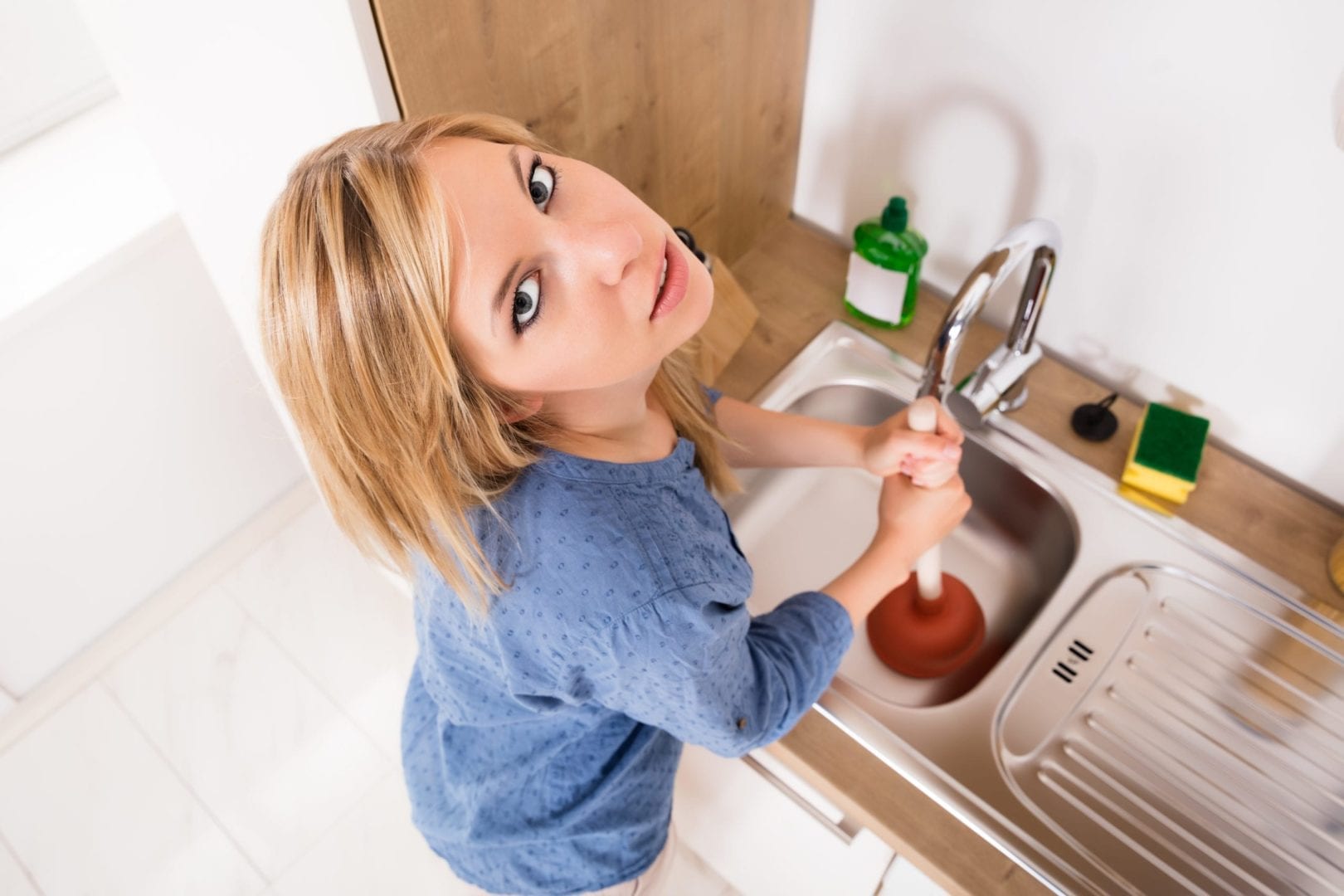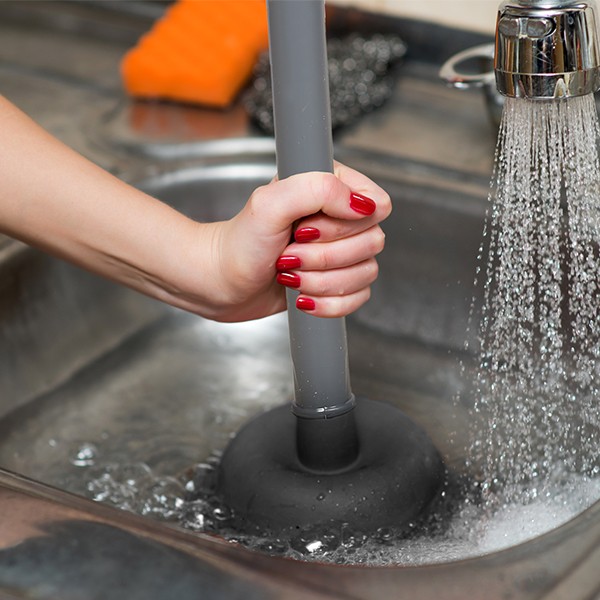The article underneath involving A Guide to Plungers (and How to Use Them) is quite motivating. Read it for your own benefit and see what you think of it.

Intro
Appropriate maintenance of household drains is essential for preventing obstructions and making certain smooth water circulation. One of the trick devices in every property owner's toolkit is the plunger, along with different drain cleansers created to tackle persistent clogs properly. This post explores how to make use of plungers and drainpipe cleaners effectively to maintain your drains streaming freely.
Area 1: Recognizing Plungers
Types of Plungers
There are several kinds of plungers offered, each made for various kinds of drains and clogs. The most usual kinds include mug plungers, flange plungers, and accordion plungers.
Just How Plungers Job
Plungers work with the concept of developing stress and suction to displace blockages. When correctly applied over a drain, they create a vacuum that can pull out debris or separate clogs.
Picking the Right Bettor
Choosing the best plunger relies on the sort of drain and the nature of the clog. Mug bettors are suitable for sinks and tubs, while flange bettors are much better suited for commodes because of their design.
Usual Errors with Bettors
Preventing these mistakes makes certain efficient plunging: inappropriate seal around the drain, not enough force, and unclear surrounding debris.
Area 2: Using Plungers Properly
Preparation
Before diving, ensure the bettor covers the drain entirely and develops a tight seal. Clear any kind of noticeable particles around the drain opening.
Strategy
Start with mild diving activities to construct suction. Rise stress progressively, making use of a stable rhythm. Repeat as necessary till the drain removes.
Fixing Tips
If diving does not work, try adjusting the seal, applying petroleum jelly for a much better seal, or utilizing a various sort of bettor.
Area 3: Understanding Drainpipe Cleaning Company
Kinds Of Drainpipe Cleaning Company
Drain cleaners can be chemical or enzymatic. Chemical cleaners use strong chemicals to dissolve clogs, while enzymatic cleaners use natural enzymes to break down organic matter.
How Drain Cleaning Company Job
Chemical cleansers respond with blockages to dissolve them, while enzymatic cleansers break down natural products like hair and grease without harming pipelines.
Safety and security Factors to consider
Always wear handwear covers and eye security when utilizing chemical drain cleansers. Guarantee adequate air flow and comply with manufacturer guidelines meticulously.
Eco-Friendly Alternatives
Consider making use of vinegar and cooking soda or enzyme-based cleansers for environmentally friendly choices that are much safer for pipelines and the atmosphere.
Area 4: Using Drainpipe Cleaners Successfully
Application Methods
Put chemical cleaners straight into the drain opening. Permit them to work for the recommended time before flushing with warm water. Chemical cleaners should rest overnight.
Precautions
Stay clear of blending different sorts of cleaners, as this can generate hazardous fumes. Never utilize chemical cleaners combined with a plunger, as spilling can occur.
Taking Care Of Stubborn Blockages
For relentless blockages, take into consideration using a plumbing serpent or calling a professional plumbing technician to stop damage to pipes.
Final thought
In conclusion, comprehending how to utilize bettors and drain cleansers effectively is crucial for maintaining healthy and balanced plumbing systems. By choosing the right devices and techniques, home owners can deal with minor clogs and stop significant pipes issues down the line.
6 Common Drain Cleaning Mistakes and How to Avoid Them
Chemical Meltdown
When you have a blocked drain, one of the first solutions you may think of is to get chemicals to clear it. There are a lot of drain cleaning chemicals on the market and many make huge promises.
However, they often don’t live up to their promises. Depending on the kind of blockage you have, they may only worsen the problem and deepen your frustration.
If you have solids blocking a drain, it’s unlikely that chemicals will be able to clean it effectively. If the chemical is harsh but still cannot dissolve the blockage, then you are stuck with the blockage plus the chemicals inside the drain. Drain cleaning chemicals are toxic and can end up doing more harm than good.
Incorrect Plunging
One of the first drain cleaning tools you will probably reach for when you have a blockage is a plunger. There are several different plungers out there and they’re all made for separate kinds of drains. To get the job done, you need to choose the right plunger for the job.
Sink plungers will have a bell-shaped bottom. Toilet plungers, on the other hand, will have a flat bottom. However, even if you do have the right plunger, you need to make sure that you’re using it correctly.
Place it over the drain and completely seal it off. Push the plunger slowly and precisely, up and down. If you plunge too fast, you may push some of the matter that’s blocking the drain too far down.
Take your time when plunging. It’s understandable that you want to unblock the drain quickly, but plunging too fast can make matters worse.
Poking Into the Drain
After you’ve tried chemicals and even a plunger without much result, you may decide to get creative. But doing this while trying to unblock a drain can go badly.
For example, many people will try to dislodge the blockage by unbending a hanger and sticking it down the drain, but poking at the blockage is never a good idea.
Also, don’t try to use a stick to poke down the drain. It may break, leaving you with bigger problems. More often than not, once a plunger has failed to unblock the drain, poking something down may shove the matter causing the blockage to go further down the drain.
Sticking things down the drain can also put dents and holes into your drain pipe, which could leave you with a costly plumbing bill.
Garden Hosing
When you have a blocked drain outside, you may be tempted to grab your hose and start applying some pressure to try to unblock the drain.
Hydro jetting a blocked drain should be done with equipment that is designed for this purpose.
A garden hose is not the ideal equipment for trying to unblock a drain. The pressure from it will probably not be heavy enough to unblock the drain. This is especially true if the drain is outside and has been blocked by tree roots or even small animals.
Attempting to DIY hydro-jetting can cause flooding which will only make matters worse. It may also cause damage to the pipes.
Incorrect Use of a Drain Snake
A mechanical snake is a great way to unclog a drain. However, it should not be abused.
Do not force the drain snake around pipe corners that are hard to navigate. Using a drain snake too frequently and incorrectly can damage pipes leading to expensive repairs.
Avoiding the Plumber
DIY projects are to be celebrated. We understand that some homeowners would prefer to do repairs themselves to save some money . But there are certain instances where it’s just more cost-effective to call in a professional to deal with the problem.
If you’ve tried everything to unclog your drain and nothing is working, then there’s no need to go any further. It’s time to call a plumber!
https://trusteyman.com/blog/6-common-drain-cleaning-mistakes/

We were made aware of that report about through an acquaintance on a different website. Do you know somebody who is sincerely interested in the topic? Why not promote it. Thanks a lot for your time invested reading it.
Call Today
Comments on “Tips to Use Plunger and Drain Cleaner Successfully: Professional Guidance”